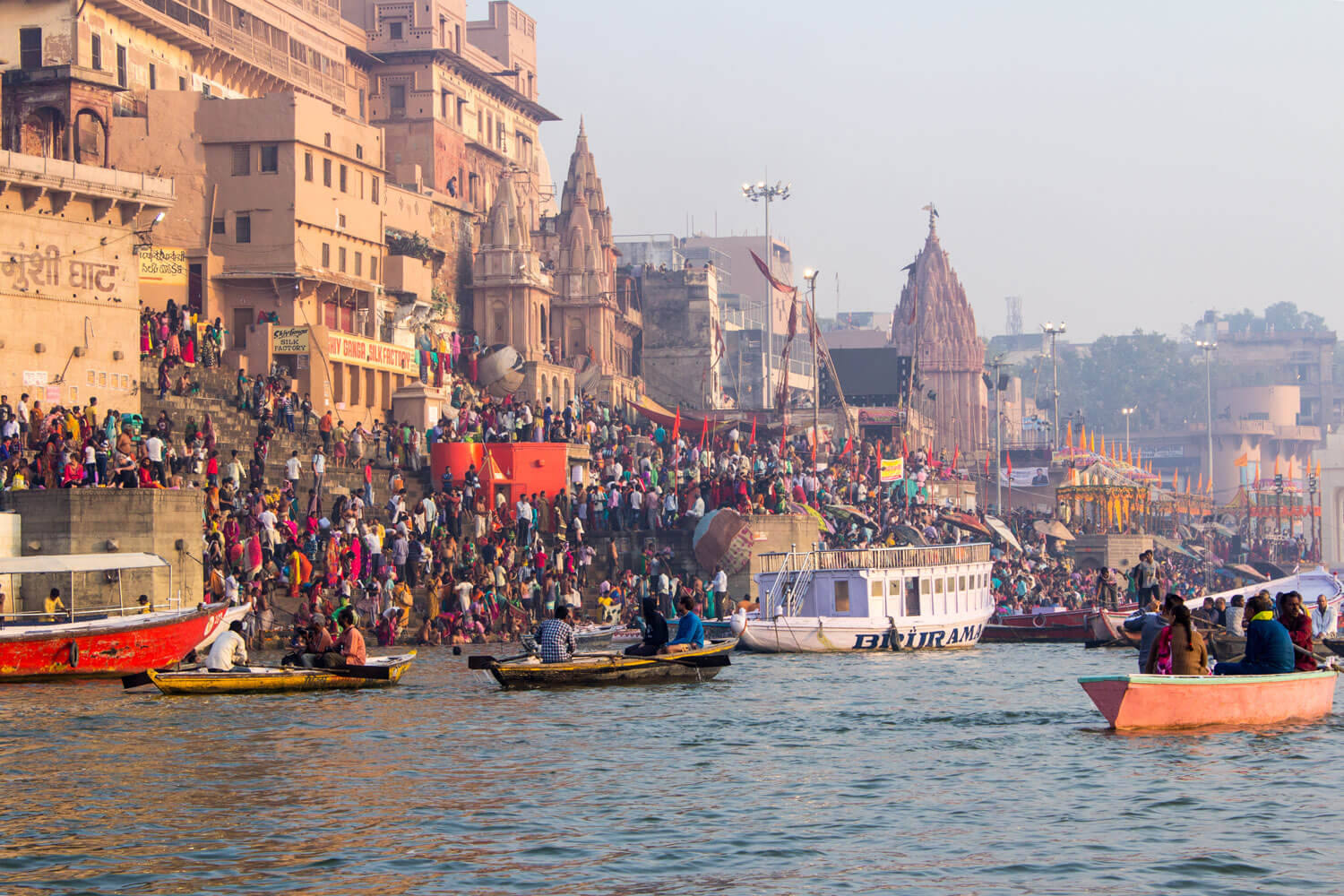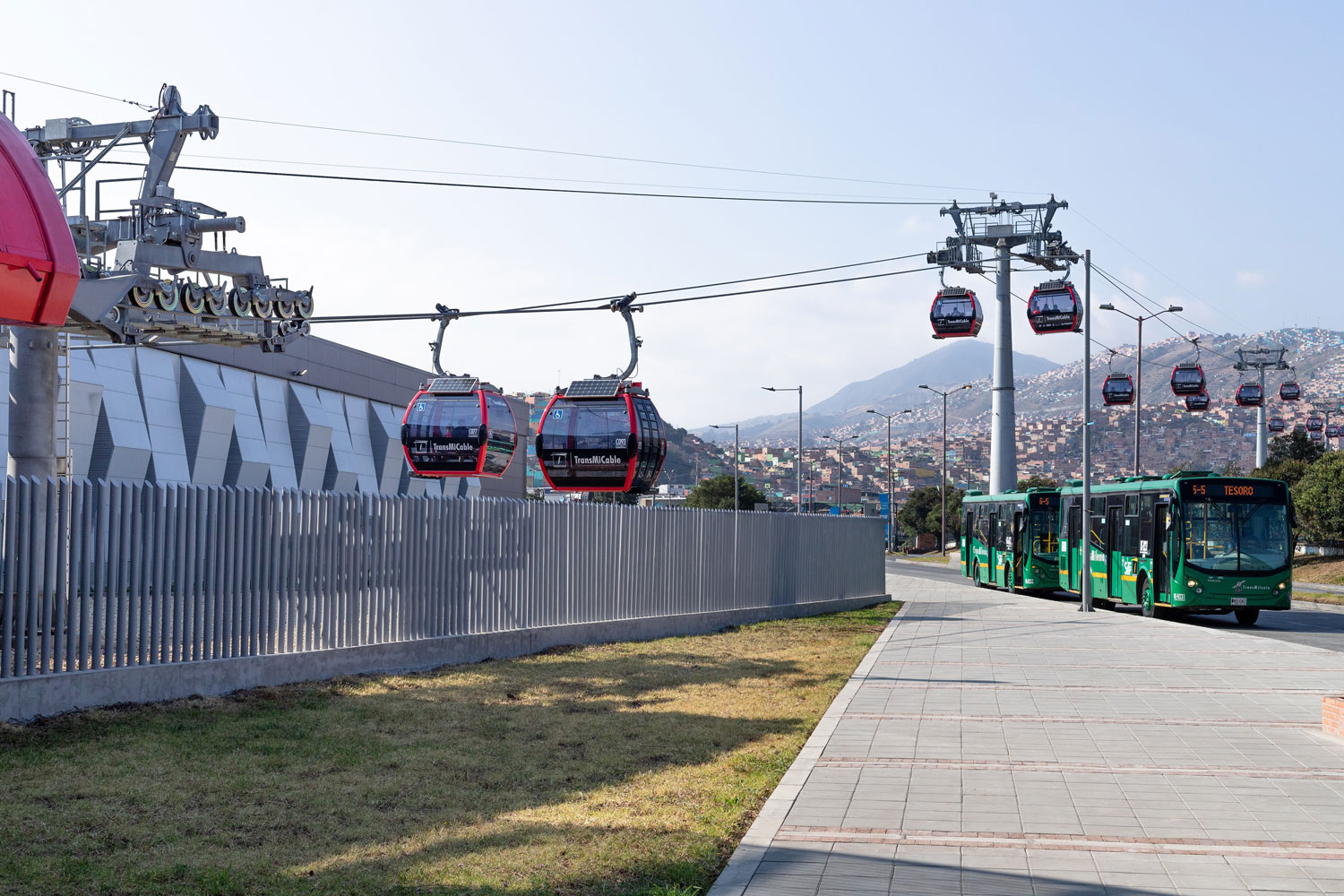
Cities, SI Urban 1/2020
Varanasi
In Varanasi, traffic jams are the order of the day. The government has now decided to take serious action against this and is having various plans investigated to resolve the problem. The two favourites at the moment are an extensive tram network and a cable car system.
The Indian city of Varanasi lies in the federal state of Uttar and is considered to be the spiritual capital of the state. Countless pilgrims come to the holy city every year, to bathe in the water of the Ganges or to visit one of around 2,000 temples.
In addition to its spiritual significance, the city is also one of the oldest in India; its history can be traced back to the 11th century BC. As impressive as the city is, the winding historic streets are not suitable for the 1.2 million residents (status in 2011) and numerous visitors.
Long waiting times must therefore be expected, especially during the daily peak times. The government now wants to take action against this problem and is planning a new transport concept for the city.
RITES (Rail India Technical and Economic Services)
is an Indian company that deals with consultation, planning, construction and operation of transport facilities. The company was founded in 1974 as an undertaking of Indian Railways and it is state-owned. Outside India, RITES deals primarily (but not exclusively) with urban transport planning.

Two systems for one problem
In this situation, the ministry of urban development wants to use not just one but rather two mobility systems at once. A combination of cable car and tram should relieve the congestion on the roads in future. Indian company RITES was commissioned to find a suitable route as well as the necessary stations for both systems.
Directly after completion of this action plan, the developed concept was presented by the company. This envisaged running the tram or the cable car along the edge of the city and not travelling directly through or over the old city of Pakka Mahal. However, the high costs of the Light Metro network were the decisive reason for focusing current road traffic efforts on a cable car.
According to a government spokesperson, the cable-drawn transport solution is around 70 percent cheaper than the planned tram network. This decision was moreover confirmed in the city by the suggestion of transport minister Nitin Gadkari, who urged cities and towns in the mountains to consider cable car systems as a transport solution.








